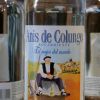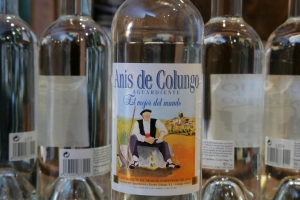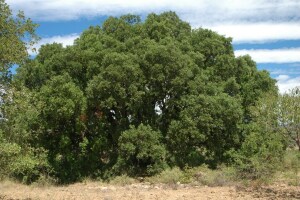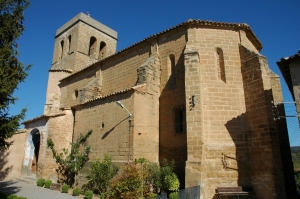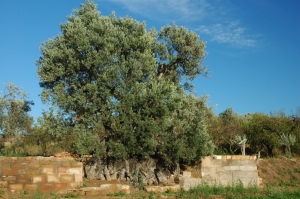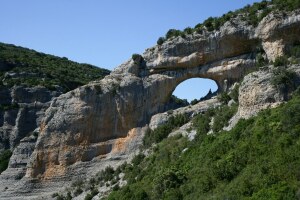Orujo is a strong spirit obtained from the distillation of pomace, or in other words the solid remains left over after the pressing of grapes. The liquid obtained from the pomace is heated and once it reaches 78ºC it evaporates. It passes along a hermetically sealed pipe to a special coil where it condenses and is then bottled for sale. Ingredients can be added during the distillation process in order to enhance the liqueur with aromas and flavours. These include aniseed, cinnamon, dried figs, lavender, thyme, lemon zest, liquorice root, rosemary and raisins. The final liquid, the orujo, has an alcohol content of 45º and is commonly drank after food to aid digestion.
In Colungo the liqueur making tradition goes back a long time but is wasn’t always a legal activity. During many years, distillation was against the law and became a clandestine activity in the village. It took place in secret locations such as caves and hidden nooks in nearby canyons, well away from curious eyes. This was not without risk as storms would often bring wild torrents of water hurtling down the ravines, which would destroy vessels and stills hidden between rocks, and even carry off the occasional villager.
For many villages in Somontano, the production of liqueurs became such a prosperous industry that they were able to export their produce to other regions, and even sell it on other side of the Pyrenees. Mule trains guided by a muleteer would climb well trodden paths and cross the mountain peaks loaded with liqueur for their customers.



